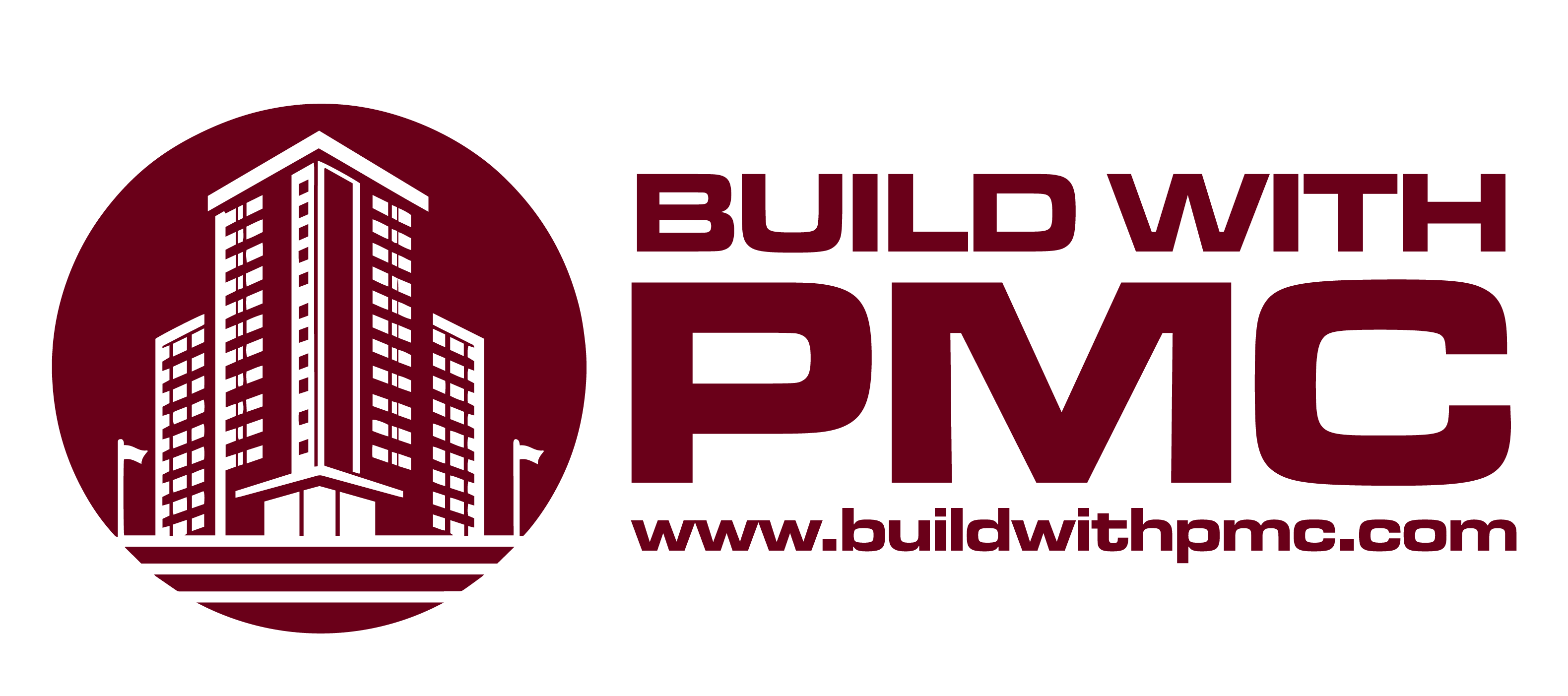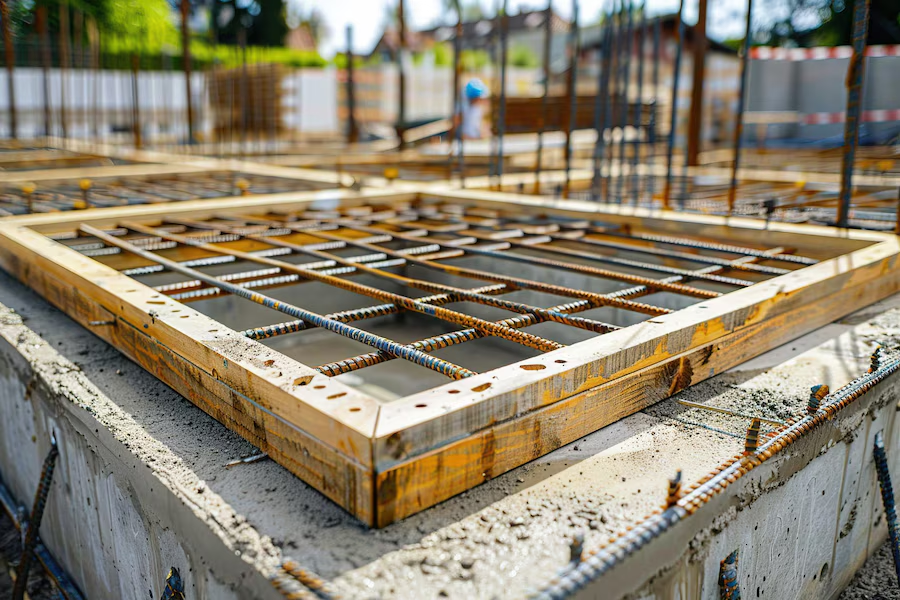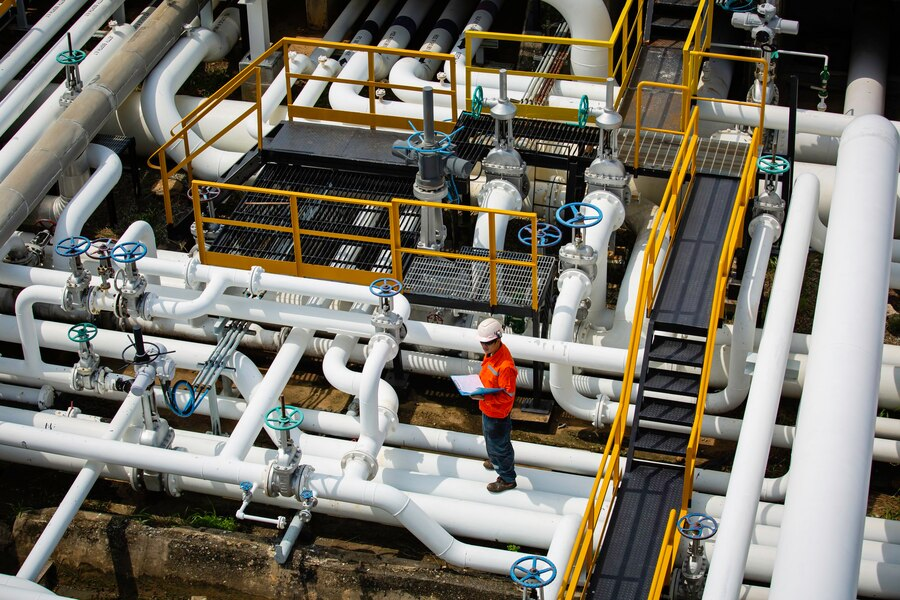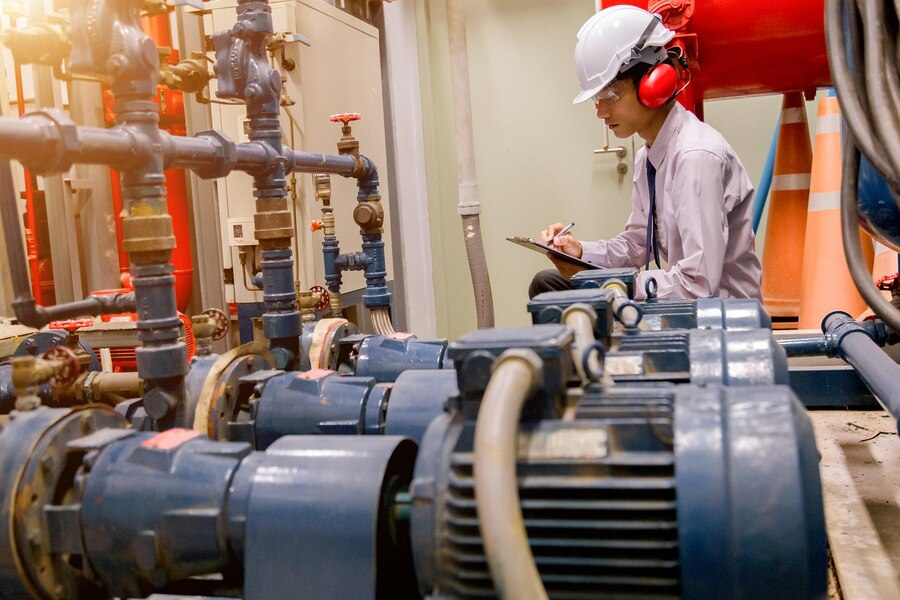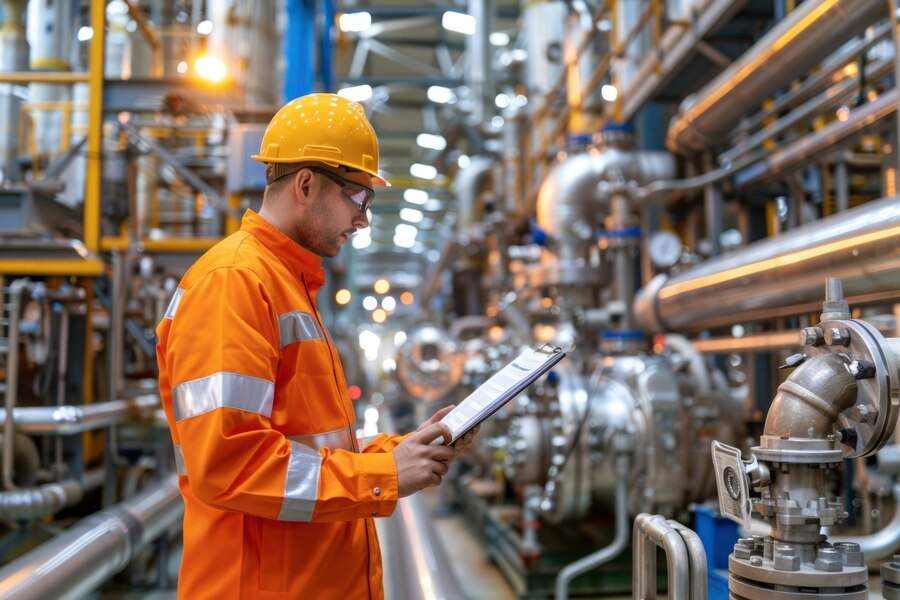Reinforced concrete is a fundamental material in modern construction, known for its exceptional strength, durability, and versatility. Its role in enhancing building durability cannot be overstated. From skyscrapers to bridges, reinforced concrete has transformed the way we approach construction, offering a combination of reliability and resilience that few other materials can match. In this blog, we’ll explore how reinforced concrete enhances building durability, looking at its composition, benefits, applications, and future trends.
Understanding Reinforced Concrete
Reinforced concrete is a composite material crucial to modern construction, blending concrete and steel to enhance structural performance. Concrete provides excellent compressive strength but is weak in tension, making it prone to cracking under stress. By incorporating steel reinforcement, typically in the form of rebar or mesh, the material gains significant tensile strength, allowing it to withstand a variety of loads and forces. This combination creates a robust, versatile building material that supports diverse architectural and engineering needs.
The integration of steel and concrete not only improves strength but also ensures durability. Concrete protects the steel from environmental factors like moisture and temperature fluctuations, while the steel reinforcement prevents cracking and deformation. This synergy results in a material that offers enhanced stability, making reinforced concrete ideal for a wide range of structural applications, from bridges and high-rises to residential buildings.
The Benefits of Reinforced Concrete
Reinforced concrete offers several key benefits that contribute to building durability. Let’s dive into some of the most significant advantages.
Strength and Stability
Reinforced concrete is renowned for its high strength and stability. The inclusion of steel reinforcement allows it to withstand significant loads and stresses. This strength is particularly important in high-rise buildings, bridges, and other structures subject to heavy traffic and environmental forces.
Resistance to Environmental Factors
One of the standout features of reinforced concrete is its resistance to environmental factors. It can endure harsh weather conditions, including extreme temperatures, rain, and UV radiation. This makes it an excellent choice for structures exposed to the elements, such as bridges and waterfront buildings.
Concrete’s natural resistance to moisture and fire further enhances its durability. The cement paste acts as a barrier against water penetration, while the steel reinforcement remains protected within the concrete matrix.
Durability and Longevity
Reinforced concrete structures are designed for longevity. With proper design and maintenance, these structures can last for decades or even centuries. The concrete mix can be tailored to specific requirements, such as increased resistance to chemical attacks or improved workability. Additionally, the steel reinforcement helps to prevent cracking and deformation over time.
Flexibility in Design
Reinforced concrete provides architects and engineers with great flexibility in design. It can be molded into various shapes and sizes, allowing for innovative and aesthetically pleasing structures. This flexibility enables the creation of complex designs that would be challenging to achieve with other materials.
Cost-Effectiveness
While the initial cost of reinforced concrete can be higher than some alternatives, its long-term cost-effectiveness is significant. The durability and low maintenance requirements of reinforced concrete result in reduced repair and replacement costs over the lifespan of the structure.
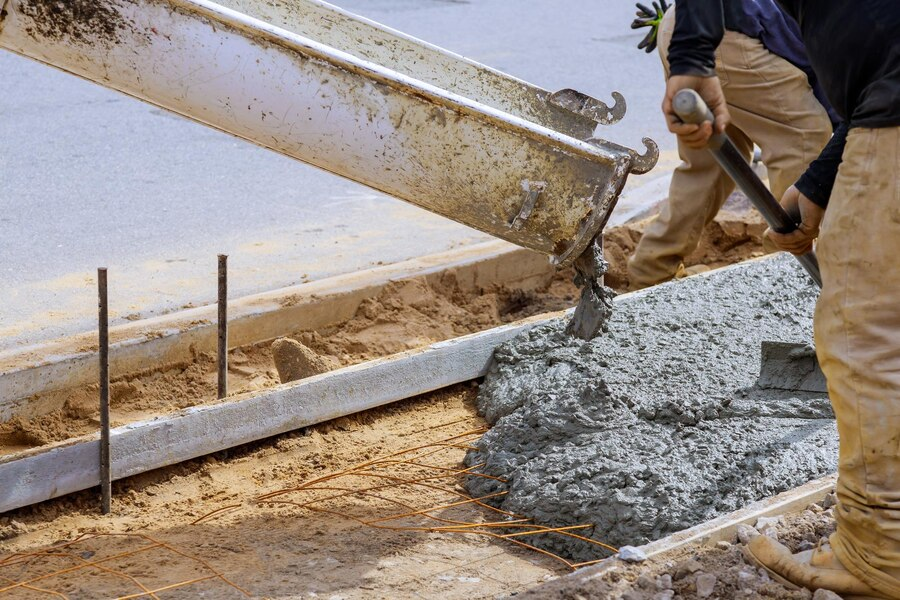
Applications of Reinforced Concrete
Reinforced concrete’s versatility makes it suitable for a wide range of applications. Here are some common uses where its durability is particularly beneficial.
- Skyscrapers and High-Rise Buildings: The towering structures of skyscrapers and high-rise buildings rely heavily on reinforced concrete. The material’s strength allows for the construction of tall buildings with multiple floors, while its resistance to environmental factors ensures that these structures remain safe and functional over time.
- Bridges and Overpasses: Bridges and overpasses are exposed to significant loads and environmental conditions. Reinforced concrete provides the strength needed to support heavy traffic and withstand natural forces such as wind and earthquakes. Additionally, its resistance to corrosion makes it an ideal choice for structures spanning bodies of water or exposed to de-icing salts.
- Foundations: The foundation of a building is crucial to its overall stability. Reinforced concrete foundations provide a solid base that can handle the load of the entire structure. This is particularly important in areas with unstable soil or high water tables, where the foundation must be strong and resilient.
- Dams and Retaining Walls: Dams and retaining walls are essential for managing water flow and preventing erosion. Reinforced concrete’s ability to withstand high pressures and resist water damage makes it an excellent choice for these critical infrastructure elements.
- Industrial and Commercial Buildings: In industrial and commercial settings, reinforced concrete is used for everything from warehouses and factories to shopping malls and office buildings. Its durability ensures that these structures can handle heavy machinery, high traffic, and other demanding conditions.
Why Reinforced Concrete is Essential for Long-Lasting Structures
Reinforced concrete stands out as a cornerstone in construction due to its unparalleled durability and strength. Its unique composition, combining concrete with steel reinforcement, ensures that structures can withstand significant loads and stresses. This synergy is crucial for creating long-lasting buildings and infrastructure that remain reliable and safe over time.
The use of reinforced concrete extends the lifespan of structures by enhancing their ability to resist environmental challenges, such as extreme weather and moisture. This material’s resilience helps prevent common issues like cracking and degradation, making it a preferred choice for everything from residential buildings to towering skyscrapers. Its long-term performance benefits underscore why reinforced concrete is indispensable for enduring construction.
The Role of Reinforced Concrete in Enhancing Structural Strength
Reinforced concrete plays a pivotal role in modern construction by enhancing the structural strength of buildings. The integration of steel reinforcement within concrete allows it to handle both compressive and tensile forces effectively. This combination creates a material that is robust and reliable, capable of supporting significant structural loads and resisting various stresses.
By incorporating steel rebar or mesh, reinforced concrete mitigates the weaknesses of plain concrete, which is strong in compression but weak in tension. This makes it ideal for applications where structural integrity is critical, such as in high-rise buildings and bridges. The enhanced strength provided by reinforced concrete ensures that structures can endure and remain stable under demanding conditions.
Enhancing Building Resilience with Reinforced Concrete
Reinforced concrete is crucial for enhancing the resilience of buildings against various stressors. Its composition allows it to absorb and distribute loads more effectively, reducing the risk of structural failure. This resilience is particularly important in areas prone to natural disasters, such as earthquakes or heavy storms, where buildings need to withstand intense forces.
The durability of reinforced concrete also extends to its resistance to environmental factors, including moisture, temperature extremes, and chemical exposure. These properties help maintain the integrity of buildings over time, minimizing maintenance needs and extending the lifespan of structures. The enhanced resilience provided by reinforced concrete ensures that buildings remain functional and safe even in challenging conditions.
The Advantages of Reinforced Concrete in Modern Construction
Reinforced concrete offers numerous advantages in modern construction, making it a popular choice for various building projects. Its combination of concrete and steel reinforcement provides a material that is both strong and flexible, accommodating a wide range of design requirements. This versatility allows architects and engineers to create innovative structures that are not only functional but also visually striking.
Additionally, reinforced concrete is known for its cost-effectiveness and longevity. While the initial investment may be higher compared to some alternatives, the long-term benefits of reduced maintenance and repair costs make it a wise choice. The durability and low upkeep of reinforced concrete contribute to its popularity in contemporary construction, where both performance and economics are key considerations.
Reinforced Concrete: A Key Player in Building Durability
Reinforced concrete is a key player in ensuring building durability due to its strength and resilience. The strategic combination of concrete with steel reinforcement creates a composite material that excels in withstanding various stresses and loads. This makes it essential for constructing durable structures that can handle heavy use and adverse environmental conditions.
Its ability to resist factors such as moisture, temperature fluctuations, and physical impact further enhances the durability of reinforced concrete structures. This durability is crucial for maintaining the safety and functionality of buildings over extended periods. Reinforced concrete’s role as a foundational element in construction highlights its importance in creating structures that stand the test of time.
How Reinforced Concrete Contributes to Stronger, More Durable Structures
Reinforced concrete significantly contributes to building stronger and more durable structures by combining the best attributes of concrete and steel. Concrete alone is excellent for handling compressive forces but struggles with tension. By embedding steel reinforcement, this limitation is overcome, resulting in a material that performs exceptionally well under both types of stress.
The enhanced strength and durability provided by reinforced concrete are vital for a variety of construction projects, from residential homes to large-scale infrastructure. Its resistance to environmental challenges, such as corrosion and extreme weather conditions, ensures that structures maintain their integrity and functionality over time. This makes reinforced concrete a preferred material for achieving long-lasting and reliable construction outcomes.
Conclusion
Reinforced concrete is a game-changer in the world of construction, offering unmatched durability and strength for a wide range of structures. Its unique combination of concrete and steel makes it resilient against various stresses and environmental challenges, ensuring long-lasting performance and stability. Whether it’s for towering skyscrapers, robust bridges, or durable residential buildings, reinforced concrete continues to be the material of choice for creating reliable and enduring structures.
At PMC INC, we understand the importance of using high-quality materials like reinforced concrete to build structures that stand the test of time. If you’re looking for expert advice or need assistance with your construction project in Fontana, California, give us a call. Reach out to us at 562-905-3101 or visit us at 14563 Manzanita Dr, Fontana, CA 92335. We’re here to help you create strong, lasting buildings.
